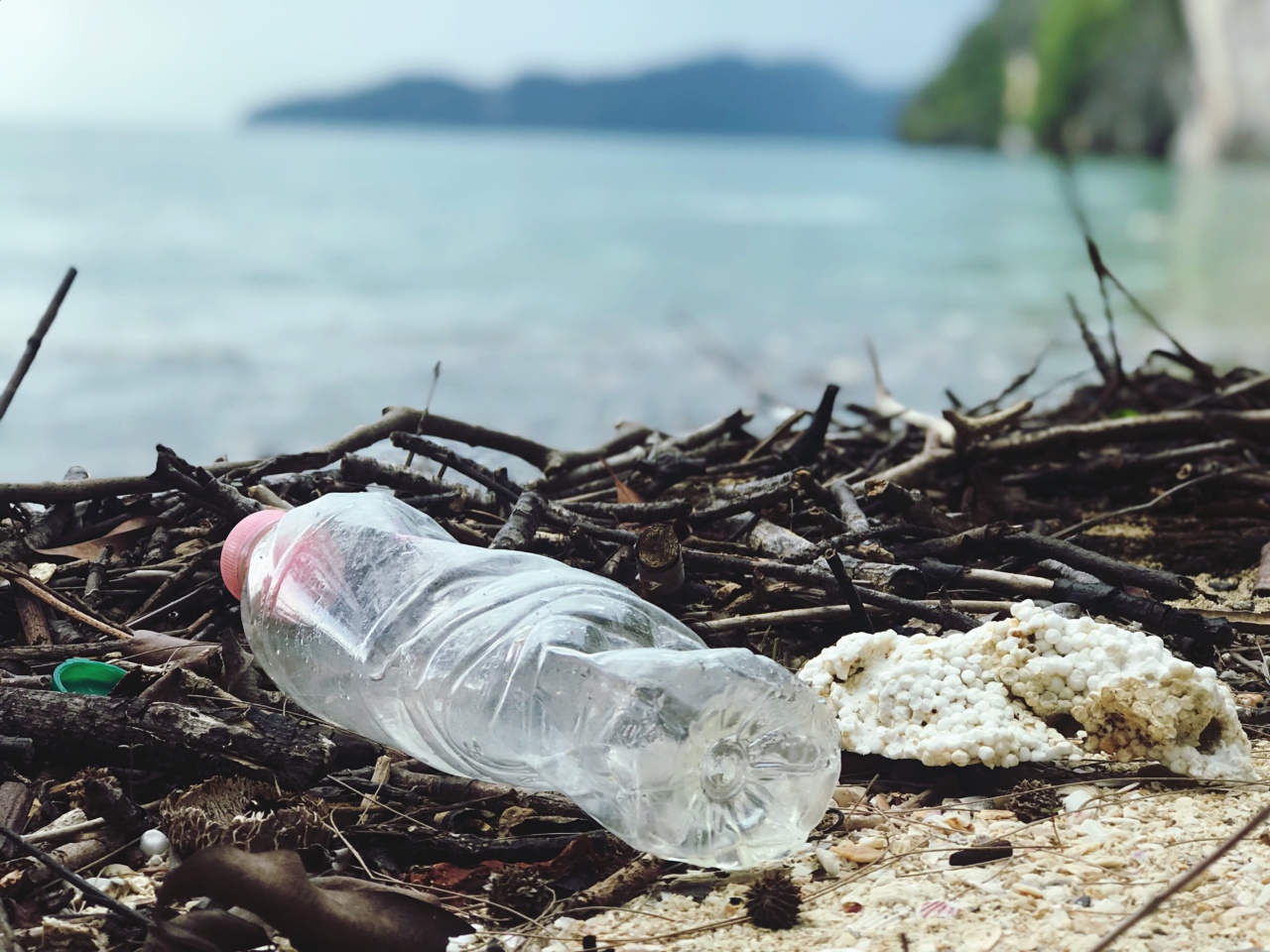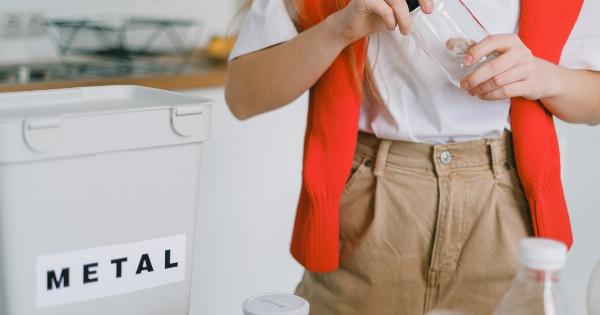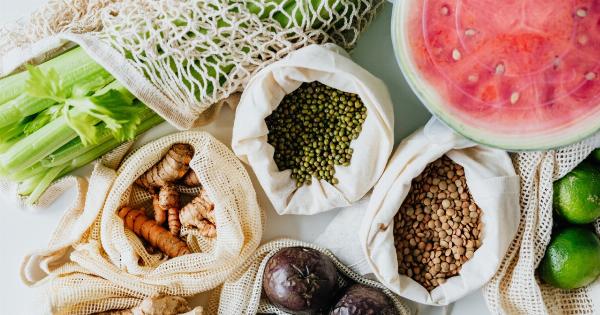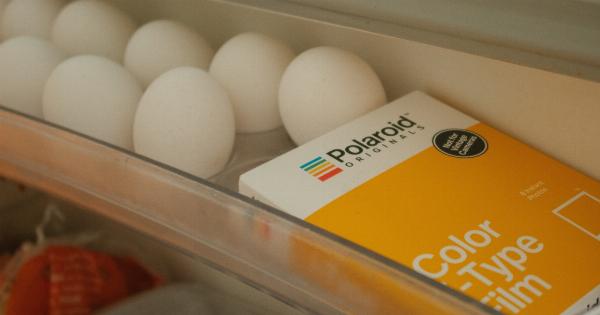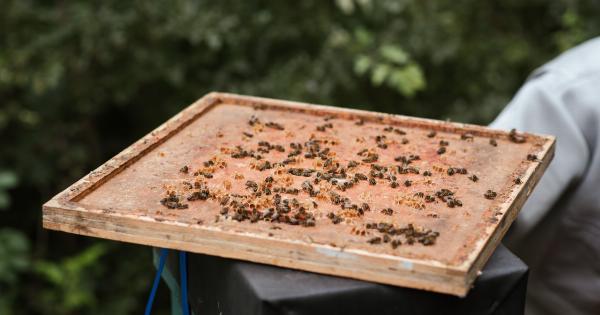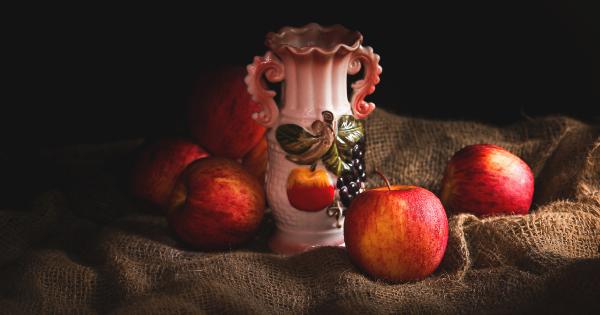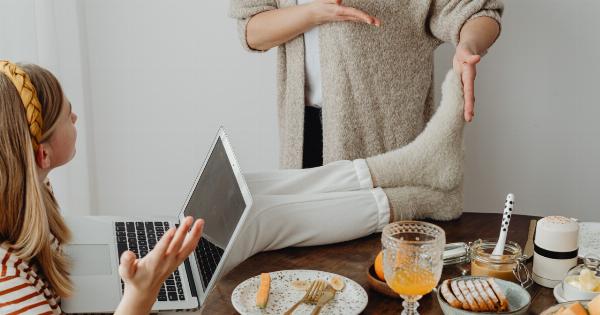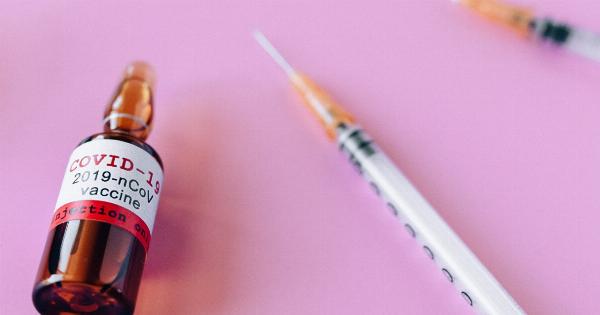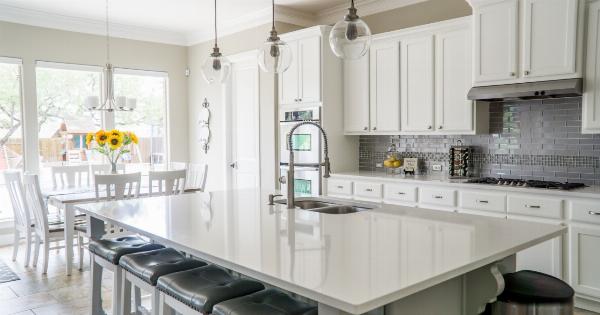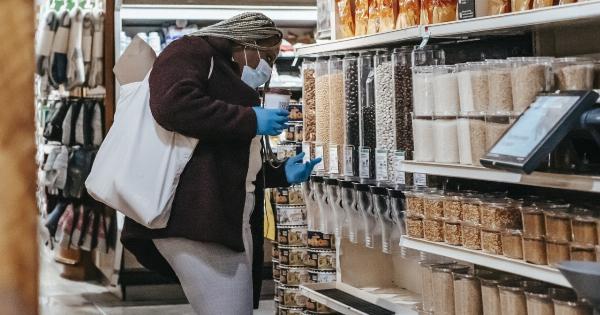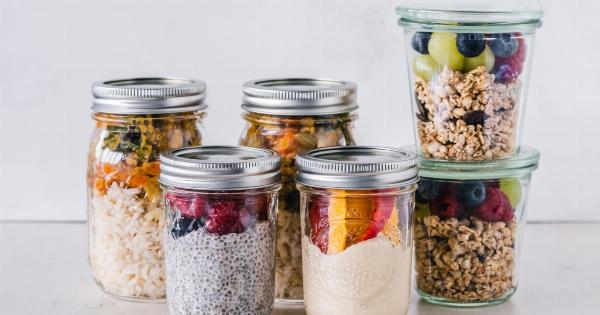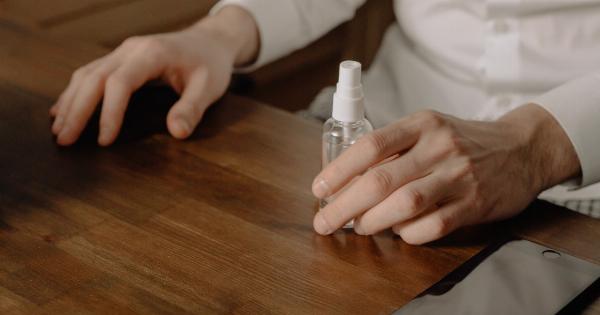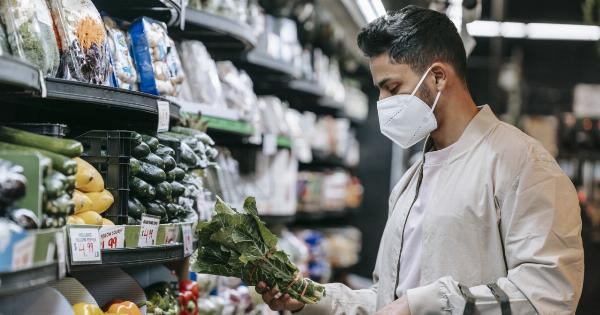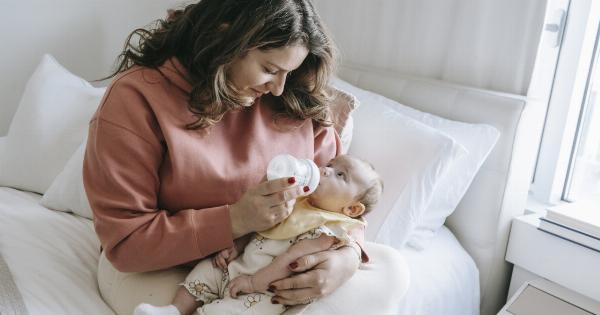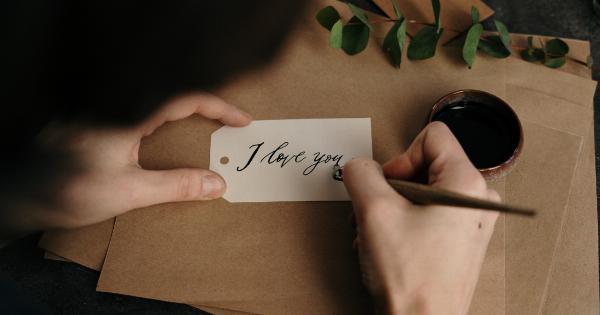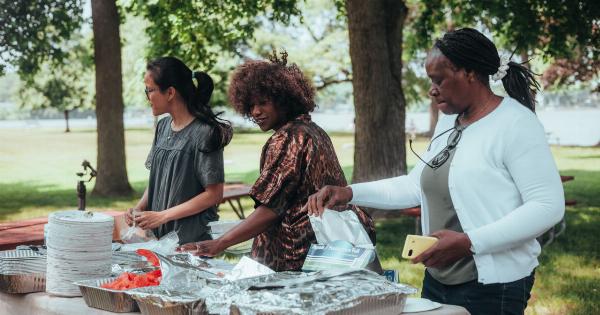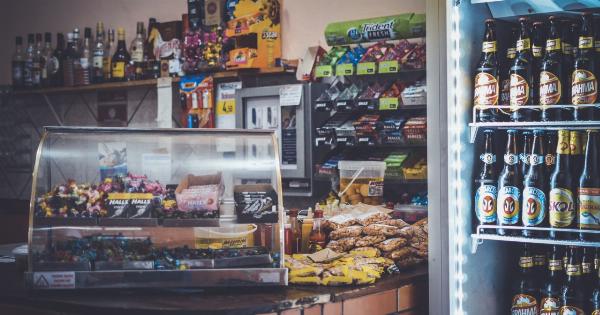Plastic bottles are one of the most widely used containers worldwide. From holding our favorite beverages to storing cleaning products, these bottles come in all shapes and sizes to fulfill various purposes.
However, their utility extends beyond their original intent. In this article, we will explore the multiple purposes a single plastic bottle serves, highlighting its versatility and impact on our daily lives.
1. Beverage Container
One of the primary uses of plastic bottles is as a convenient container for beverages. Whether it’s water, soda, juice, or sports drinks, these bottles provide a portable and readily available option for quenching our thirst on the go.
2. Food Storage
Plastic bottles can be repurposed for storing food items. By thoroughly cleaning them, one can use these bottles to store leftovers, homemade sauces, dressings, or even dried spices.
Their transparent nature allows for easy identification of contents and helps keep food fresh.
3. Gardening Tool
Plastic bottles are also highly useful in gardening. They can be transformed into planters by cutting off the top portion and creating drainage holes at the bottom.
This DIY approach to gardening is not only cost-effective but also supports recycling efforts by giving these bottles an extended lifespan.
4. Watering Can
A plastic bottle with small holes on the cap can easily serve as a makeshift watering can for indoor plants or small garden beds.
When filled with water and gently squeezed, the bottle releases a steady stream of water, providing hydration to plants without the need for specialized equipment.
5. Crafts and DIY Projects
Plastic bottles can be a valuable resource for various crafts and DIY projects. They can be cut, shaped, and decorated to create everything from pen holders and flower vases to piggy banks and bird feeders.
Such activities promote creativity and environmental consciousness by repurposing plastic waste.
6. Organizational Tool
Due to their shape and versatility, plastic bottles can be used as organizational tools. By removing the bottom and cap, the bottles can be arranged in a cascading manner, creating a useful storage unit.
This ingenious trick can be applied to keep small items like pens, makeup brushes, or kitchen utensils neatly organized.
7. Cleaning Companion
The narrow neck and compact design of plastic bottles make them excellent cleaning companions. They can be filled with homemade cleaning solutions or diluted cleaning products and customized with spray nozzles or scrubber attachments.
This reusability reduces the need for purchasing expensive cleaning supplies and minimizes waste in households.
8. Musical Instruments
Believe it or not, plastic bottles can be transformed into musical instruments. By cutting and creating holes at specific points, they can be used as flutes, clarinets, or even panpipes.
This creative outlet gives a new life to discarded bottles while also encouraging musical exploration.
9. Emergency Tools
In emergency situations, plastic bottles can serve as makeshift tools. From creating a funnel for transferring liquids to acting as a temporary container, these bottles can offer practical solutions during unforeseen circumstances.
Their lightweight nature and universal availability make them a versatile resource during challenging times.
10. Contributions to Sustainable Living
The versatile uses of plastic bottles contribute significantly to sustainable living. By repurposing and reusing them in creative ways, we can reduce the burden on landfills and minimize the consumption of new materials.
Each act of repurposing a plastic bottle promotes environmental awareness and encourages others to adopt similar practices.
Conclusion
Plastic bottles are more than just containers for beverages; they possess a multitude of applications and possibilities.
From being transformed into planters and musical instruments to serving as organizational tools and emergency aids, the versatility of plastic bottles knows no bounds. As we continue to explore innovative ways to repurpose these bottles, we contribute to a more sustainable future, making the most out of these everyday items.
